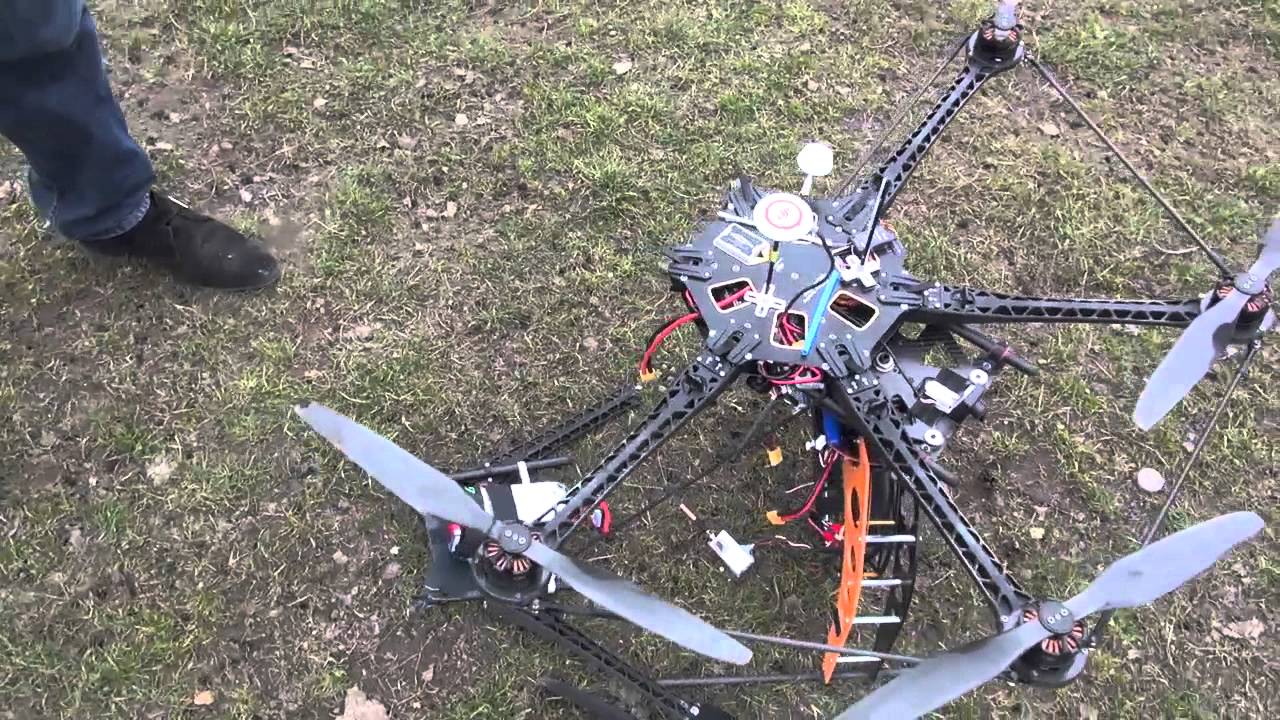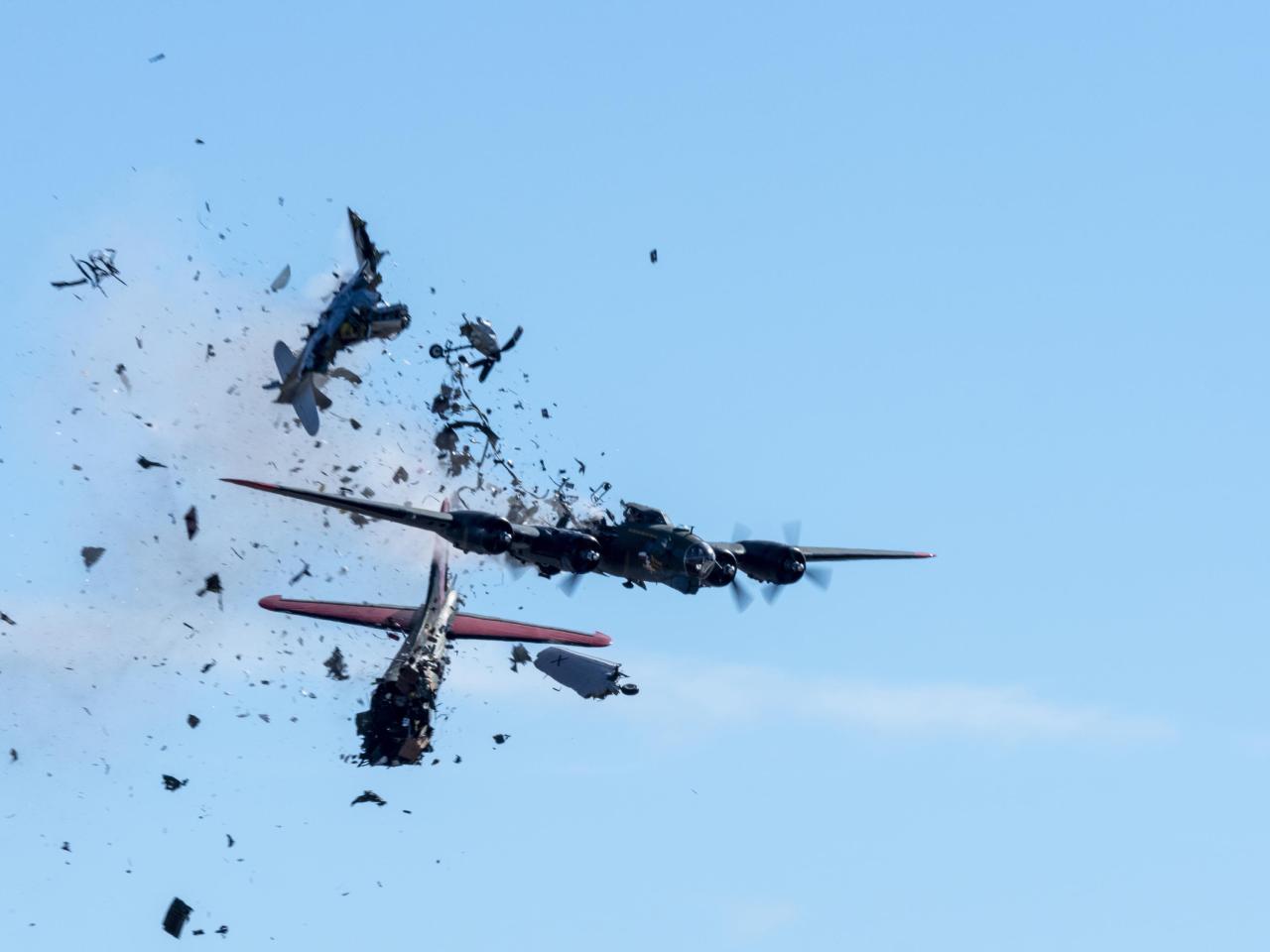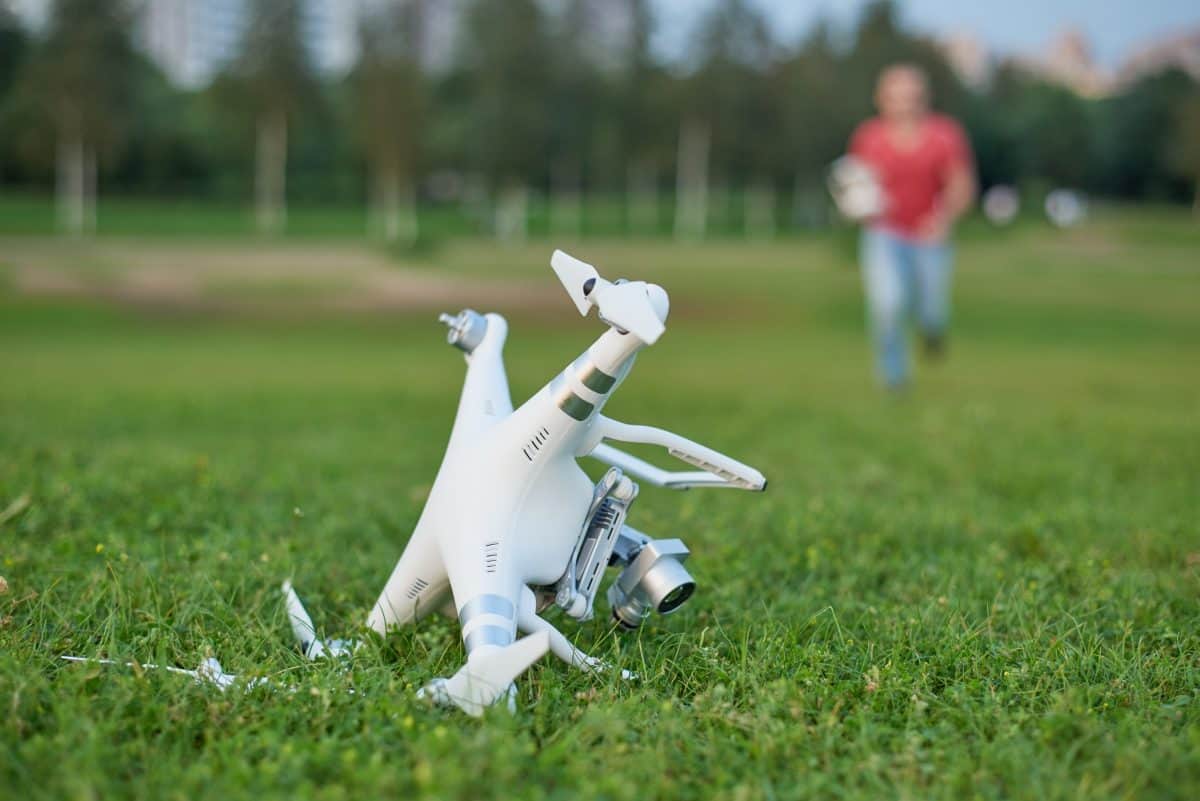Drone show crash: These spectacular displays of light and technology can sometimes end in disaster. From software glitches to hardware failures and even human error, the potential for a drone show to go wrong is surprisingly high. This exploration dives into the various causes of drone show crashes, examining the contributing factors, safety protocols, and technological advancements designed to prevent these incidents.
We’ll also explore the consequences of crashes, from property damage to legal repercussions, and analyze real-world examples to understand how to improve safety measures.
We’ll cover everything from pre-flight checklists and the importance of robust GPS systems to the role of AI and advanced sensor technologies in preventing accidents. Understanding the challenges and solutions is key to ensuring the continued enjoyment of these breathtaking aerial spectacles without risking lives or property.
Drone Show Crash Analysis: Causes, Prevention, and Future Trends

Drone shows, while visually spectacular, carry inherent risks. Understanding the various causes of crashes, implementing robust safety protocols, and embracing technological advancements are crucial for ensuring the safe and continued enjoyment of these breathtaking displays. This article delves into the multifaceted aspects of drone show crashes, providing insights into prevention, mitigation, and future developments in safety.
Types of Drone Show Crashes
Drone show crashes can be categorized based on their root causes, which often involve a complex interplay of factors. These categories help in identifying weaknesses in the system and implementing targeted improvements.
- Software Malfunction: Glitches in flight control software, communication protocols, or autonomous navigation systems can lead to unpredictable behavior and crashes. Examples include GPS signal loss, unexpected software shutdowns, or erroneous commands.
- Hardware Failure: Mechanical or electrical failures in drones, such as motor malfunctions, battery issues, or sensor failures, can cause sudden loss of control and subsequent crashes. Wear and tear, improper maintenance, and manufacturing defects are contributing factors.
- Human Error: Pilot error, improper pre-flight checks, inadequate training, or flawed show choreography can all contribute to accidents. This category encompasses a wide range of mistakes, from incorrect programming to poor decision-making during operation.
- Environmental Factors: Adverse weather conditions, such as strong winds, rain, or fog, can significantly impact drone stability and lead to crashes. Unexpected obstacles, like birds or other flying objects, also pose a risk.
Common hardware failure points include motors, propellers, battery systems, and flight controllers. Software glitches can manifest as erratic flight patterns, loss of communication with the control station, or unintended autonomous actions.
| Type | Cause | Frequency | Severity |
|---|---|---|---|
| Software Malfunction | GPS failure, software bugs | Moderate | High (potential for multiple drone failures) |
| Hardware Failure | Motor failure, battery malfunction | Low | High (immediate loss of control) |
| Human Error | Pilot error, poor planning | Moderate | Variable (depending on the scale of the error) |
| Environmental Factors | Strong winds, unexpected obstacles | Moderate | Variable (depending on weather conditions and obstacle type) |
Safety Protocols and Regulations
Implementing comprehensive safety protocols is paramount to minimizing the risk of drone show crashes. These protocols cover various aspects, from pre-flight checks to emergency procedures.
- Pre-flight Checks and Maintenance: Thorough inspections of drone hardware, software updates, and battery checks are essential. Regular maintenance schedules ensure optimal performance and prevent unexpected failures.
- Role of GPS and Navigation Systems: Accurate GPS signals and redundant navigation systems are crucial for precise flight control and collision avoidance. These systems provide crucial backup in case of primary system failure.
- Safety Regulations: Regulations vary across countries and regions, covering aspects such as licensing, airspace restrictions, and operational guidelines. Operators must be fully compliant with all applicable laws.
A comprehensive checklist for drone show operators should include: pre-flight inspections, software updates, weather checks, emergency procedures, communication protocols, and adherence to all relevant regulations.
Impact of a Drone Show Crash

The consequences of a drone show crash can be significant, ranging from property damage to potential injury or even fatalities. Understanding these potential impacts is crucial for effective risk management.
- Potential Consequences: Crashes can result in property damage, injuries to spectators or bystanders, and reputational harm to the organizers.
- Legal Liabilities: Operators and organizers may face legal repercussions, including lawsuits and fines, if a crash occurs due to negligence or non-compliance with regulations.
- Public Relations Challenges: Negative publicity following a crash can significantly impact the future of drone shows and public perception of the technology.
Damage control and crisis management should include immediate response to the incident, investigation of the cause, communication with affected parties, and implementation of corrective measures to prevent future incidents.
Technological Advancements for Prevention

Technological advancements play a crucial role in enhancing drone show safety. Redundancy, AI, and advanced sensor technologies are key elements in preventing crashes.
- Redundancy Systems: Implementing backup systems for critical components ensures continued operation even if a primary system fails. This includes redundant flight controllers, power systems, and communication links.
- AI and Machine Learning: AI-powered systems can analyze real-time data to predict potential hazards and adjust flight paths accordingly. Machine learning algorithms can identify patterns and improve predictive capabilities over time.
- Advanced Sensor Technologies: Sophisticated sensors, including lidar, radar, and advanced cameras, can enhance obstacle detection and avoidance capabilities, improving overall safety.
- Improved Communication Protocols: Robust and reliable communication protocols ensure seamless data transmission between drones and the control station, minimizing the risk of communication failures.
Case Studies of Drone Show Crashes
Analyzing past incidents provides valuable lessons for improving safety protocols. Three hypothetical scenarios illustrate the complexities and consequences of drone show crashes.
- Scenario 1: Software Glitch: A software update introduced a bug causing a loss of GPS signal in several drones during a complex synchronized routine. The drones lost altitude and crashed into each other, resulting in significant damage and a delay in the show.
- Scenario 2: Hardware Failure: A motor failure in one drone caused it to spin uncontrollably, colliding with other drones and causing a chain reaction. The incident highlighted the importance of regular maintenance and pre-flight checks.
- Scenario 3: Environmental Factors: Unexpected high winds during a show caused several drones to deviate from their programmed paths and crash into trees. This scenario underscores the need for careful weather monitoring and contingency plans.
Future of Drone Show Safety, Drone show crash
The future of drone show safety hinges on continued technological innovation and a commitment to robust safety protocols. Emerging technologies promise to revolutionize the industry.
Drone show crashes are a bummer, highlighting the complexities of coordinating multiple drones. Thinking about the scale, it makes you wonder about the logistics of Amazon’s drone delivery program, especially checking out their planned amazon drone delivery locations to see how they’re managing potential issues. Ultimately, both scenarios underscore the need for robust safety protocols in drone operations.
- Emerging Technologies: The integration of blockchain technology for secure data transmission, advanced swarm intelligence algorithms for coordinated flight, and the use of fail-safe mechanisms are potential game-changers.
- Potential Challenges: Implementing these new technologies requires significant investment, expertise, and regulatory adjustments. Ensuring interoperability between different systems and addressing potential cybersecurity vulnerabilities are key challenges.
A future drone show might feature autonomous, self-healing drones equipped with advanced sensor systems, redundancy protocols, and AI-powered collision avoidance. The show’s choreography would incorporate real-time weather data and dynamic flight adjustments, ensuring a safe and spectacular experience.
Ultimate Conclusion

Drone show crashes, while relatively infrequent, highlight the critical need for robust safety protocols and ongoing technological advancements. By understanding the various causes, implementing stringent safety measures, and embracing innovative technologies, we can significantly mitigate the risks associated with these captivating displays. The future of drone shows lies in a proactive approach to safety, ensuring that the awe-inspiring spectacle continues to thrive without compromising public safety or the reputation of the industry.
Popular Questions
What happens if a drone crashes into a person?
Serious injury or even death is possible, leading to significant legal and financial consequences for the operator.
Drone show crashes are unfortunately becoming more common, highlighting the need for robust safety protocols. To see how advanced drone shows can be, check out the impressive technology showcased at the orlando drone show , which offers insights into preventing such incidents. Learning from both successes and failures is key to ensuring future drone shows are both spectacular and safe.
How are drone shows insured?
Drone show crashes are unfortunately becoming more common, highlighting the need for better safety protocols. One incident that spurred increased scrutiny was a major drone crash in Paris , which raised questions about air traffic management and emergency response procedures for large-scale drone displays. Learning from these incidents, like the Paris crash, is crucial to improving the safety and reliability of future drone shows.
Liability insurance is crucial, covering potential damages and injuries resulting from a crash. The specifics vary depending on location and the scale of the show.
What’s the typical cost of repairing a crashed drone?
Repair costs vary greatly depending on the drone model and the extent of the damage. It can range from minor repairs to a complete replacement.
Can weather affect a drone show?
Yes, strong winds, rain, or fog can significantly impact drone flight stability and increase the risk of crashes. Shows are often postponed or cancelled due to inclement weather.
